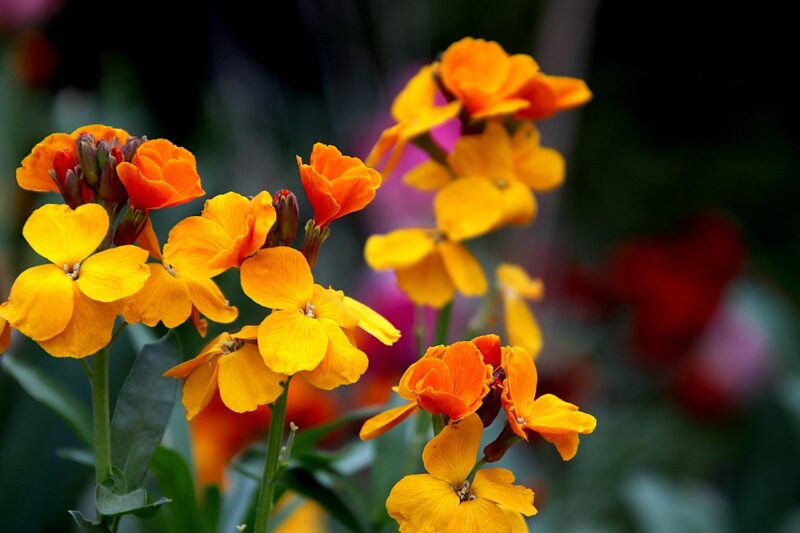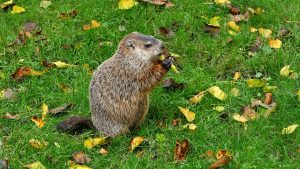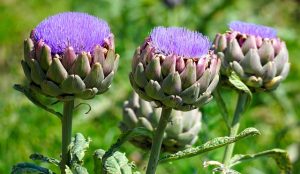This extensive blog post will explore various categories of plants to consider for sowing and planting in August, including vegetables, flowers, herbs, and landscape plants. Each section will provide in-depth detail about the planting timings, regions, and care required to thrive in the UK climate.
Vegetables To Plant
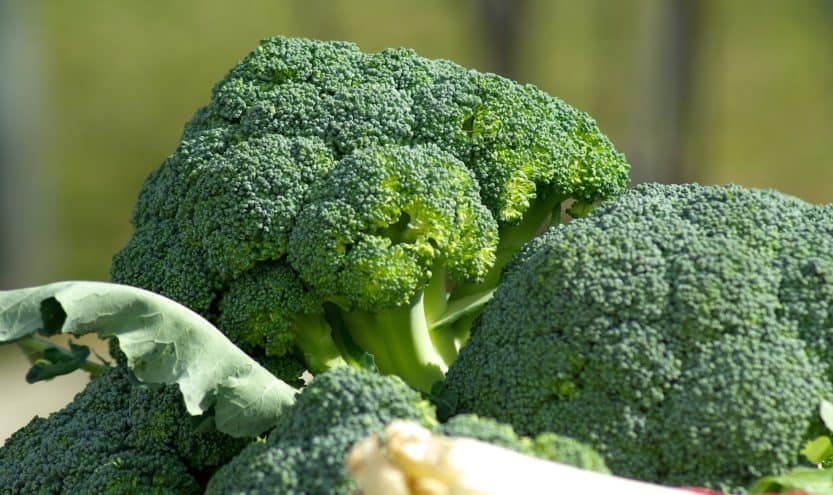
August is an ideal month for sowing a variety of vegetables, especially those that can withstand the cooler temperatures of autumn. Depending on the USDA zones and local climate conditions, you can extend your harvest by planting quick-maturing vegetables.
Carrots
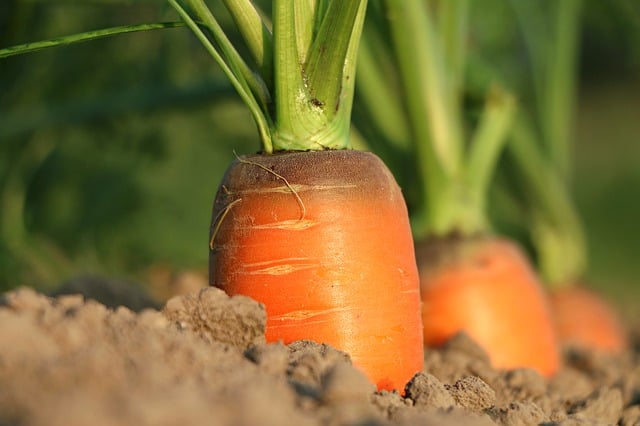
Carrots are a staple in many gardens and can be sown as late as mid-August in the UK. Typically, they take about 10 to 12 weeks to mature. For those in USDA Zones 8 to 9 (southern parts of the UK), late varieties can be planted until early September. Carrots require well-draining soil with a pH of 6.0 to 6.8. They don’t tolerate frost well, so be sure to harvest them before temperatures drop significantly.
Spinach
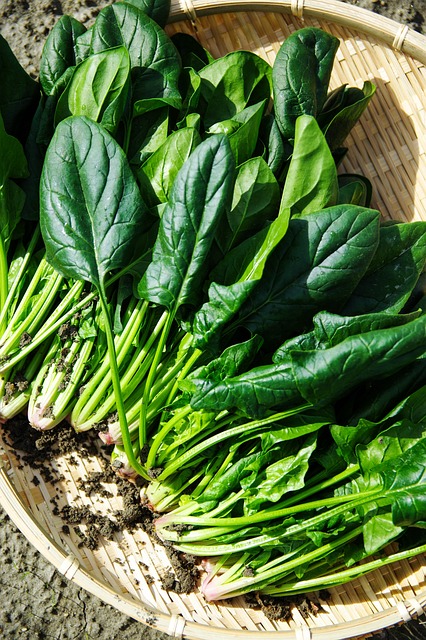
Spinach is a perfect candidate for August planting due to its rapid growth and cold tolerance. This leafy green can be sown directly into the ground until late August. It’s resistant to light frost, making it suitable for the UK’s variable autumn weather. Spinach thrives in USDA Zones 7 to 9 and prefers a rich, organic soil. It’s best to space your seeds about 12 inches apart to allow for their broad leaves to flourish.
Late Broad Beans
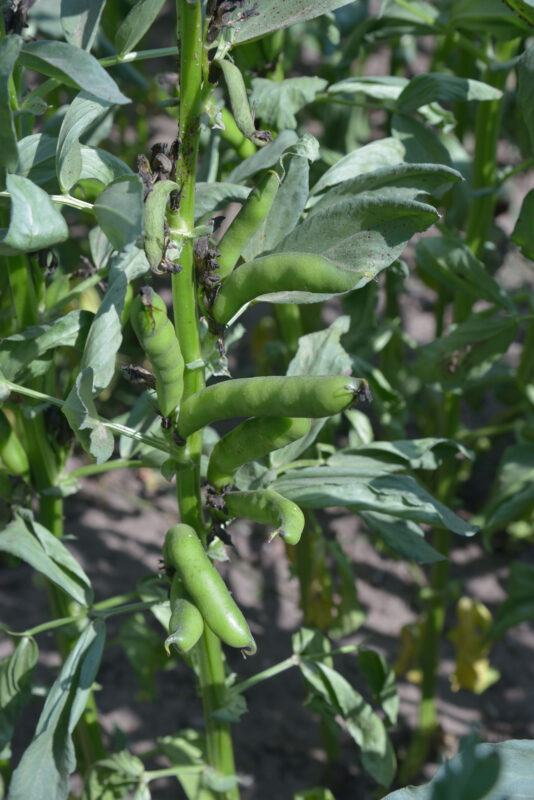
If you missed the early planting of broad beans, August gives you a chance to sow a late variety that can provide an earlier harvest the following year. Broad beans can be planted in USDA Zones 8 to 9 throughout August. They need well-drained soil and will benefit from a bit of frost as they mature, making them resilient in cooler climates. For best results, select seeds that are specifically designed for autumn sowing.
Radishes
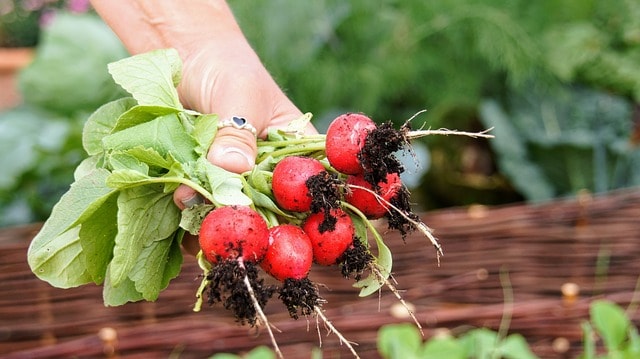
Radishes are an incredibly fast-growing vegetable, often ready to harvest within three to four weeks. They can be sown in August to take advantage of the late summer warmth. Suitable for USDA Zones 7 to 9, they prefer slightly cooler temperatures as they mature. Direct sowing is recommended, with seeds spaced a couple of inches apart. Given their short growth cycle, consider sowing successive batches for a continuous harvest.
Swiss Chard
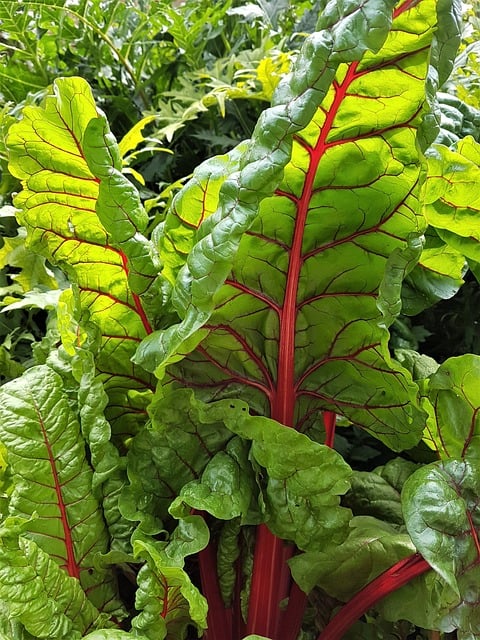
A versatile and nutritious leafy green, Swiss chard can be grown throughout the UK in August. It is frost-tolerant and can even survive mild winter conditions in USDA Zones 7 to 9. Swiss chard prefers well-draining soil rich in organic matter and benefits from regular watering. It’s best to sow seeds directly into the soil, spacing them about 12 inches apart to ensure ample room for growth.
Turnips
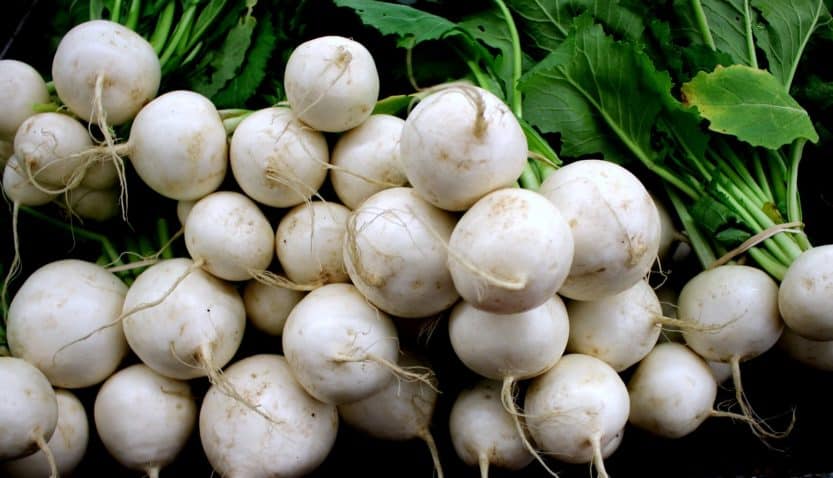
Turnips are a cool-season crop that can be planted in late August for a late fall or early winter harvest. They are well-suited to USDA Zones 7 to 9 and thrive in well-drained soil. Their growth cycle allows for harvesting within two to three months, making them perfect for late summer planting. Ensure you keep the soil moist, and consider mulching to retain moisture and suppress weeds.
Lettuce
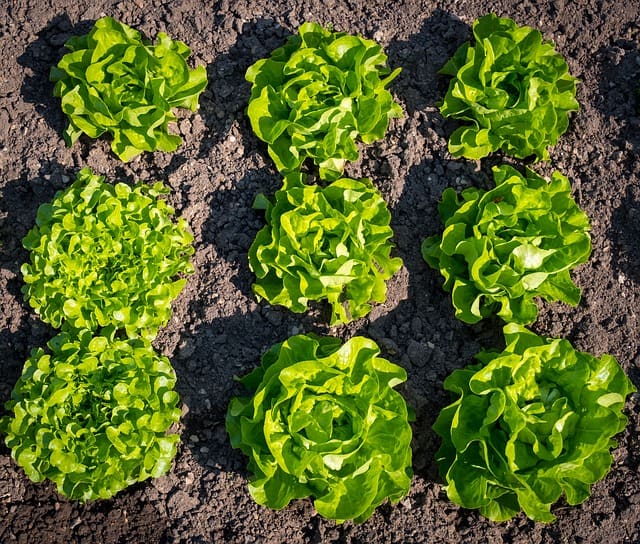
Lettuce varieties like butterhead, romaine, and leaf lettuce can be sown in August for a fall crop. In USDA Zones 7 to 9, these quick-growing plants can be started directly in the garden or in pots. Lettuce thrives in cooler temperatures, making late summer sown seeds an excellent choice. Space the seeds about 10 to 12 inches apart and choose a well-drained soil enriched with compost for the best results.
Kale
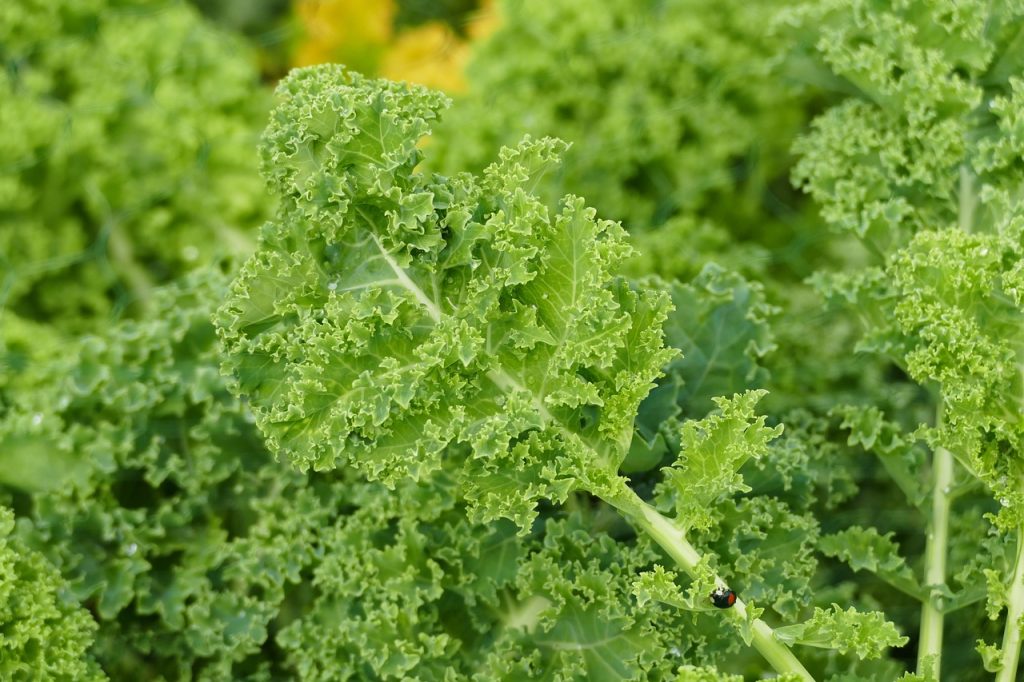
Kale is an incredibly hardy leafy green well-suited for planting in August. This vegetable can endure frost, which enhances its flavor, making it popular for fall harvesting. In the UK, you can sow kale seeds in USDA Zones 7 to 9 directly in the soil. This nutrient-rich crop grows best in fertile, well-drained soil. Consider staggering your planting in two-week intervals for a continuous supply of fresh greens.
Peas
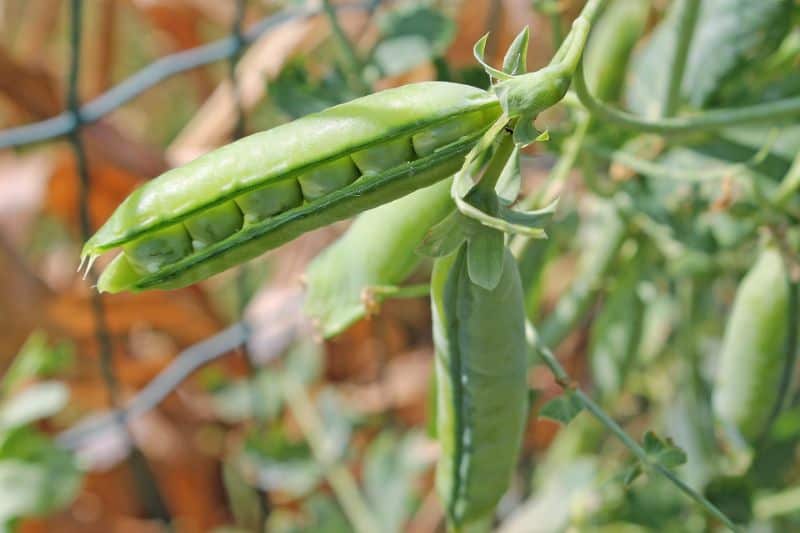
August is not too late for certain varieties of peas such as winter peas, which can be planted in mild regions of the UK. They require a well-drained soil and thrive in USDA Zones 8 to 9. With a maturation time of 8 to 10 weeks, they can yield a late autumn harvest. Peas also enhance soil quality, making them a beneficial addition to your garden.
Broccoli
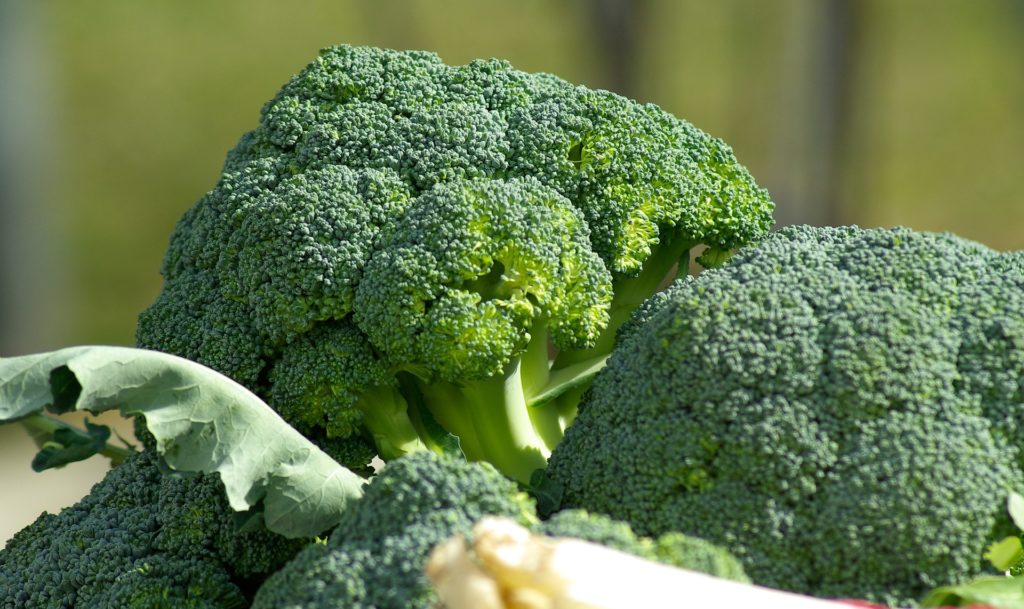
Fast-growing broccoli can be planted in August for a fall crop in regions of the UK, particularly in USDA Zones 7 to 9. This vegetable prefers well-drained, slightly acidic soil with plenty of organic matter. Broccoli seeds should be spaced about 12 to 24 inches apart to allow for optimal head development. It’s essential to keep the soil consistently moist for the best harvest.
Flowers To Plant
While many gardeners might assume that the planting season is over by August, there are various flowers that can still be sown or planted for vibrant late summer blooms or early spring displays. Below is a selection of ten flowers that thrive when planted in August in the UK.
Sweet Peas
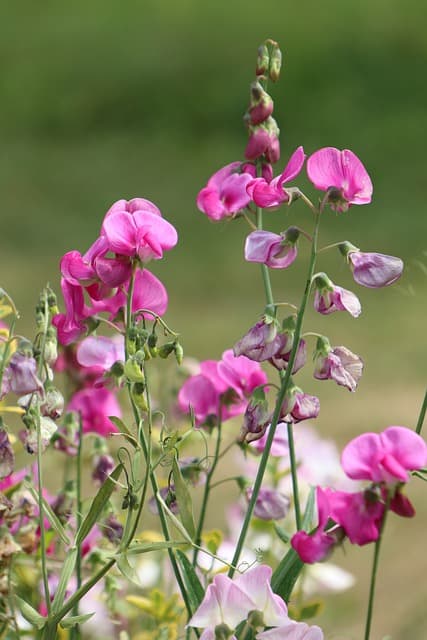
Sweet peas are fragrant climbing plants that can be sown in August for a stunning display in the following spring. They thrive in USDA Zones 7 to 9 and prefer well-drained soil with a sunny location. Plant seeds in shallow trenches and provide support for the climbing vines to grab onto. Their sweet scent and colorful blossoms can decorate your garden or be cut for flower arrangements.
Pansies
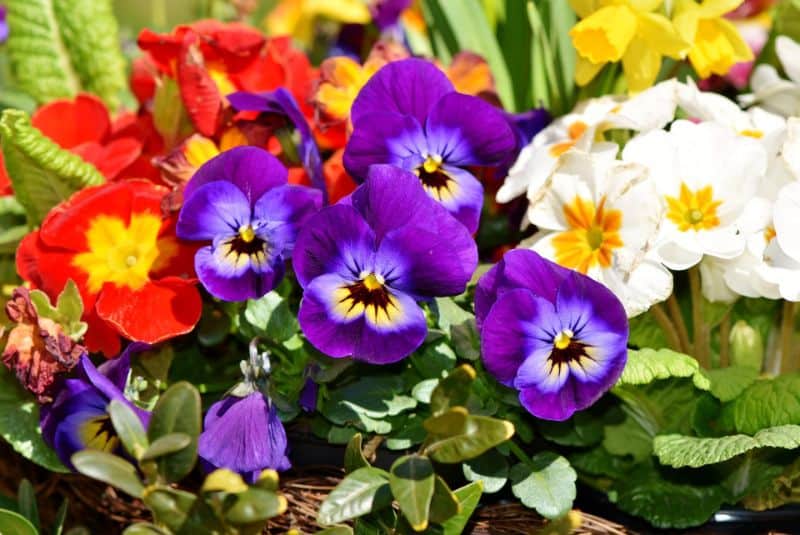
Pansies are hardy annuals that can be planted in August for a burst of color later in the season. Particularly in USDA Zones 6 to 8, pansies will thrive in well-draining soil. They are excellent for fall gardens as they can handle light frosts. Space them approximately 10 to 12 inches apart to ensure good air circulation and prevent disease.
California Poppy
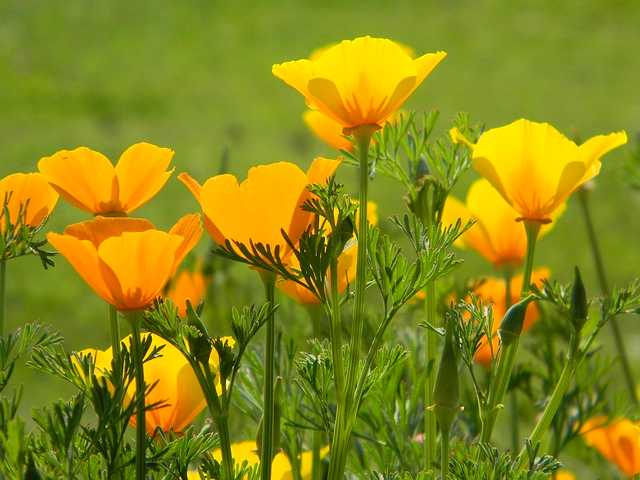
Planting California poppy seeds in August can lead to spectacular blooms in the spring. These flowers are drought-tolerant and can be sown directly into the garden in USDA Zones 7 to 9. They appreciate well-drained, sandy soil and thrive in full sunlight. A natural choice for wildflower gardens or meadows, they attract bees and other beneficial pollinators.
Foxgloves
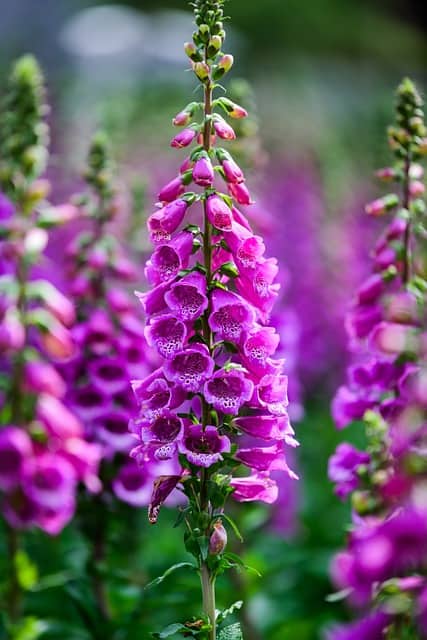
Foxgloves are stunning perennials that can be established in August for beautiful blooms the following year. They prefer USDA Zones 7 to 8 and thrive in rich, well-draining soil, ideally in partial shade. Foxgloves can grow quite tall, so spacing them apart allows for proper air circulation, reducing the risk of fungal issues.
Asters
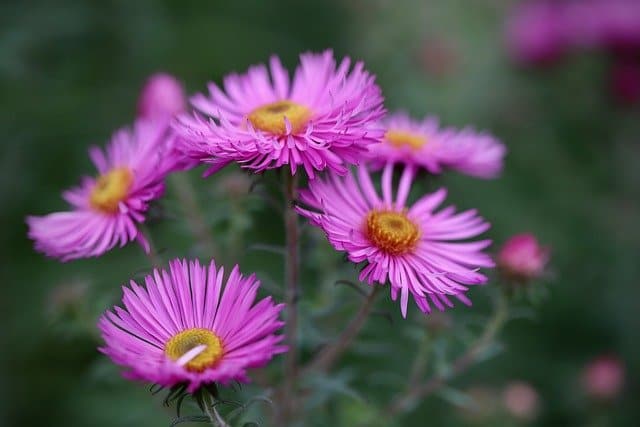
Asters, known for their bright colors and star-shaped flower heads, can be sown in late summer for a stunning autumn display. They are best planted in USDA Zones 4 to 8. Asters prefer well-drained soil and full sun to partial shade. These perennial flowers can provide vibrant color to your garden in the later part of the growing season and are excellent for attracting pollinators.
Biennial Wallflowers
Wallflowers are biennials that are ideally sown in August to ensure vibrant blooms in the spring. They thrive in USDA Zones 6 to 8 and prefer well-draining, fertile soil. Plant them in full sun for best results and allow sufficient space for air circulation. Wallflowers are particularly versatile, often used in borders or as filler plants in mixed beds.
Ornamental Kale
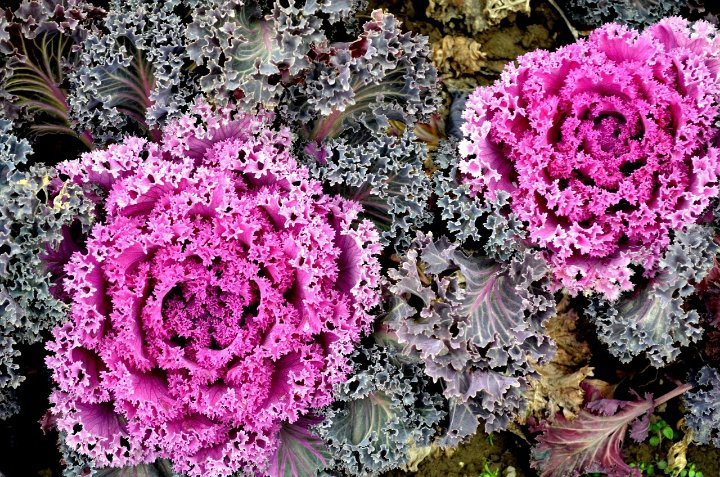
Ornamental kale adds texture and color to your garden during the cooler months. Best planted in USDA Zones 7 to 9, these plants can provide visual interest from late autumn through winter. They thrive in well-drained soil and enjoy full sun to partial shade. Ornamental kale should be planted in clusters and is highly effective in providing a dramatic effect in garden beds.
Chrysanthemums

Chrysanthemums are vibrant perennials that can be planted in August to ensure colorful blooms late in the season. They flourish in USDA Zones 5 to 9, requiring well-drained soil and full sunlight. Chrysanthemums come in an array of colors and can serve as excellent cut flowers, enhancing both garden aesthetics and indoor spaces.
Nigella
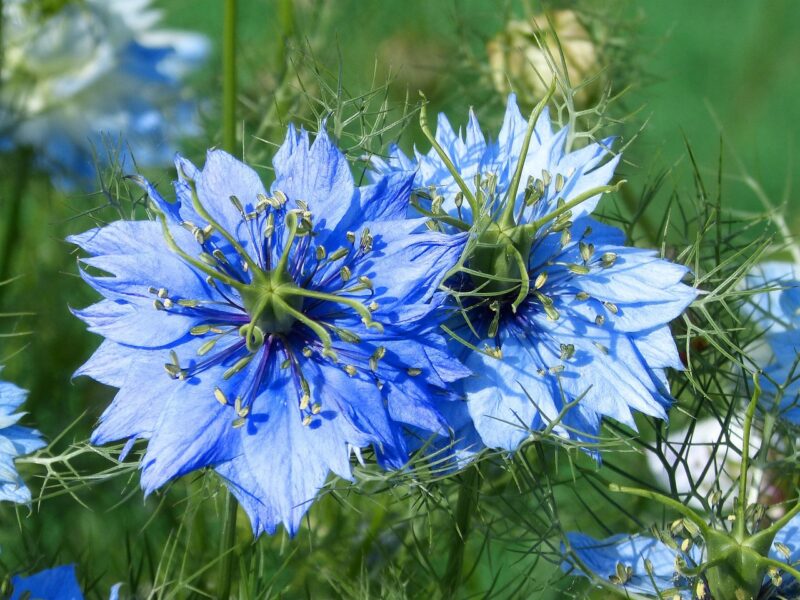
Also known as love-in-a-mist, Nigella seeds can be sown in late summer for stunning spring flowers. These hardy annuals thrive in USDA Zones 6 to 8 and prefer well-drained soils. Nigella is also drought-resistant and attracts bees and butterflies, making it great for pollinator gardens. Their unique seed pods provide beauty in autumn as they dry.
Calendula
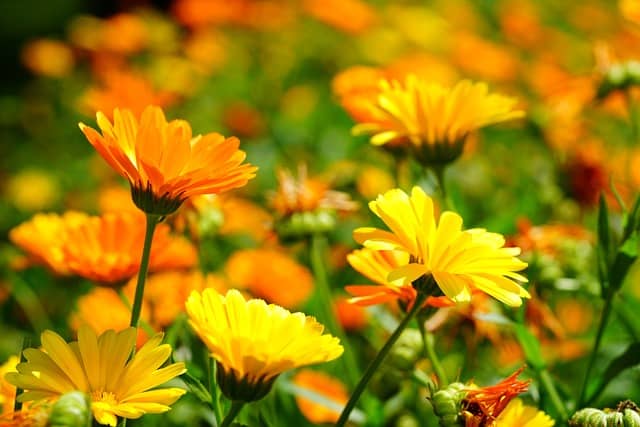
Calendula, or pot marigold, are hardy flowers that can be sown in August for a vibrant display into the fall. They thrive in USDA Zones 7 to 9 and prefer fertile, well-drained soils with full sun exposure. Calendula is known for its medicinal properties and can also serve as companion plants due to their ability to repel pests.
Herbs To Plant
August is a wonderful time to establish a variety of herbs that will thrive through the later summer and into autumn. Planting herbs at this time can provide fresh flavors for meals and boost your gardening efforts with minimal effort.
Basil
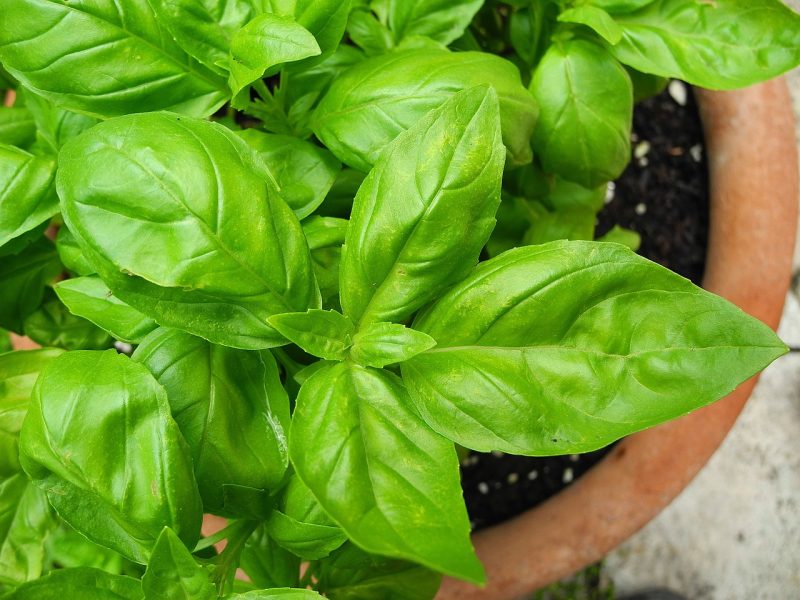
Although basil is typically regarded as a summer herb, August remains an excellent time to plant it in the UK’s warmer regions (USDA Zones 8 to 9). Basil requires warm soil temperatures of about 20-25°C (68-77°F). It thrives in nutrient-rich, well-drained soil and prefers full sunlight. Harvest frequently to encourage bushier growth and prevent it from flowering, which can make the leaves taste bitter.
Coriander (Cilantro)
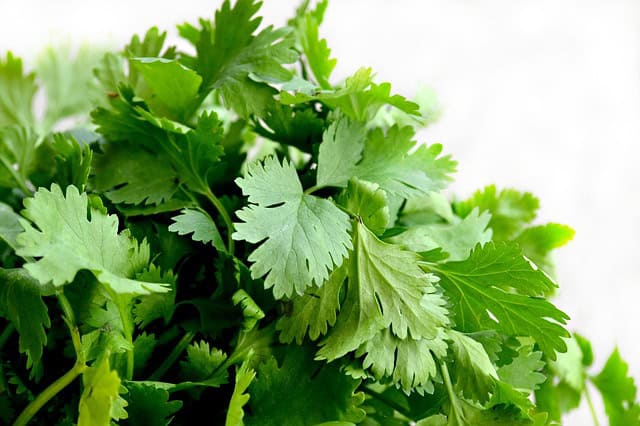
Planting coriander in August is perfect for ensuring that you’ll have fresh microgreens or mature plants for culinary dishes as summer transitions into autumn. In USDA Zones 7 to 9, sow seeds directly into fertile, well-draining soil. Coriander can tolerate cooler and fluctuating temperatures, making it a hardy addition to your herb garden.
Chives
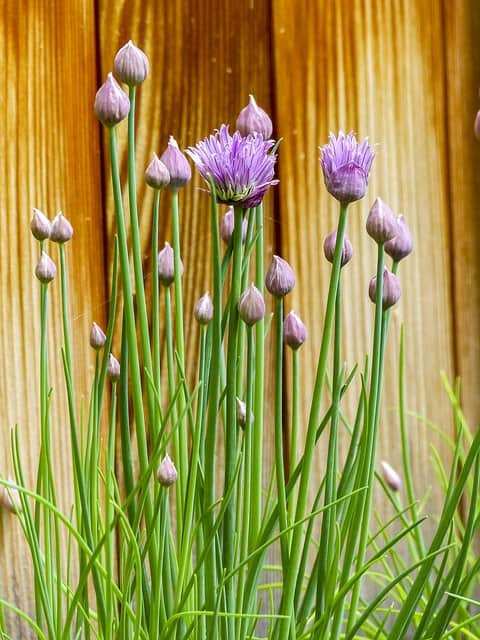
Chives have a long growing season and can be planted all through August in mild regions (USDA Zones 7 to 9). They thrive in well-drained soil and prefer full sun to partial shade. These perennial herbs grow quickly, and you can begin harvesting their tender green tops within a few weeks. An excellent companion plant, chives can enhance flavors while also improving nearby plants’ growth.
Parsley
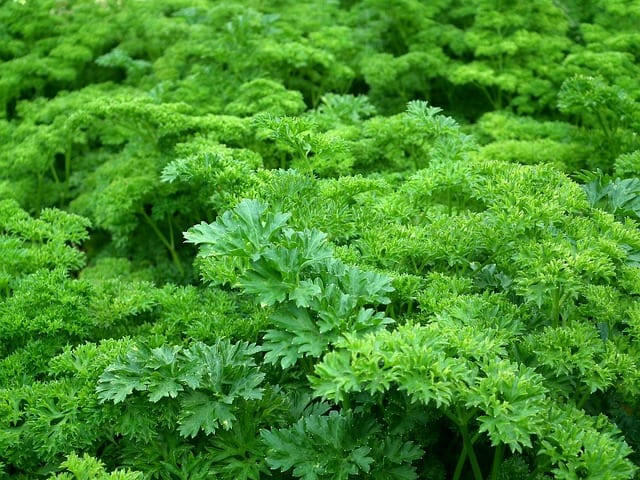
August is an ideal time to sow parsley seeds, as cooler weather enhances its flavor development. This biennial herb thrives in USDA Zones 6 to 9 and prefers well-drained soil. Sow seeds indoors or direct sow outdoors, ensuring they have adequate moisture as they germinate. Parsley benefits from partial shade, especially in hot regions, and provides a beautiful, flavorful addition to culinary creations.
Oregano
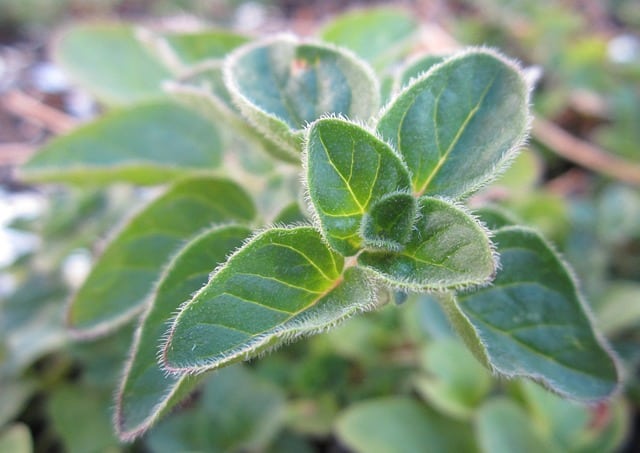
Oregano is a resilient herb that can be sown in August for a robust supply of flavorful leaves in the following season. Suiting USDA Zones 6 to 9, this perennial herb thrives in sunny locations and well-drained soil. Oregano is drought-tolerant once established and can be used to deter certain pests from the garden, making it a multi-functional addition.
Thyme
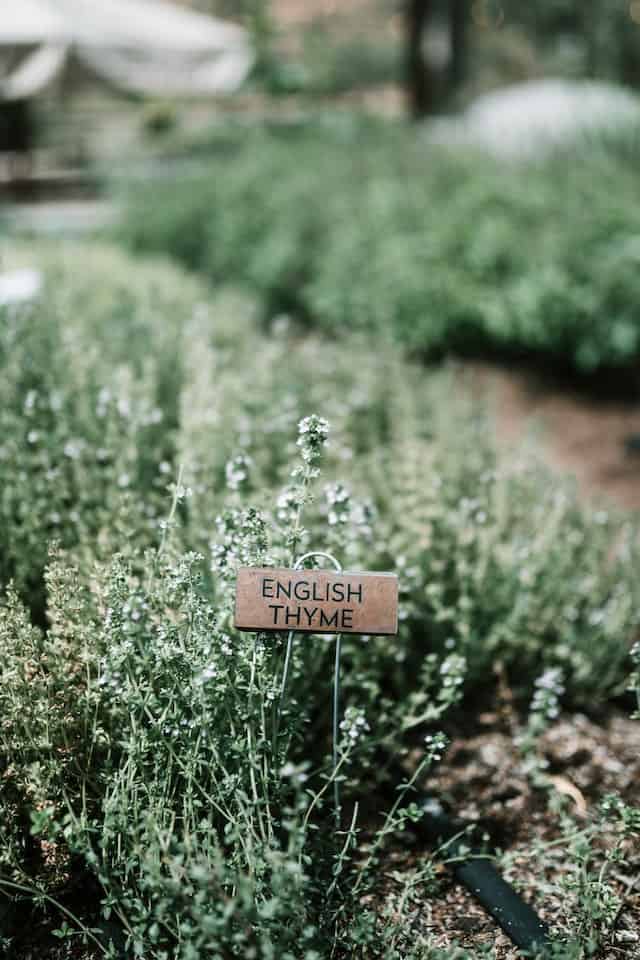
Thyme is another perennial herb well-suited for August planting. In USDA Zones 6 to 9, it thrives in sunny locations and well-drained sandy soil. Thyme has a low water requirement, making it an excellent choice for those in drier regions or looking to conserve water. This herb’s versatility in both culinary and ornamental applications makes it a worthwhile addition to any garden.
Dill
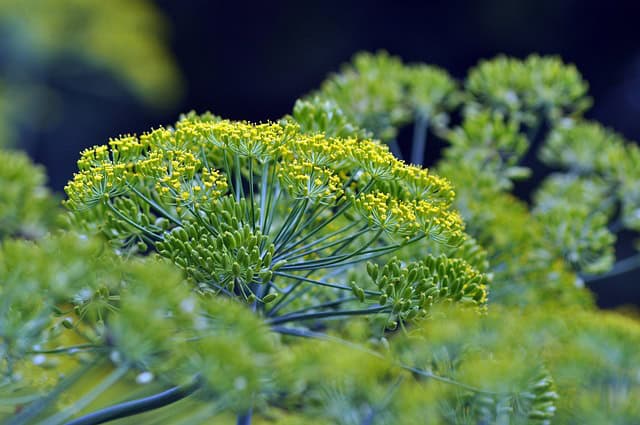
Dill can be planted in August for both foliage and seed production. Ideally suited for USDA Zones 7 to 9, this delicate herb prefers well-draining soil and full sunlight. Dill is prone to bolting; hence, regular harvesting will ensure an abundant supply throughout autumn. It attracts beneficial insects, which can be advantageous for the surrounding garden ecosystem.
Marjoram
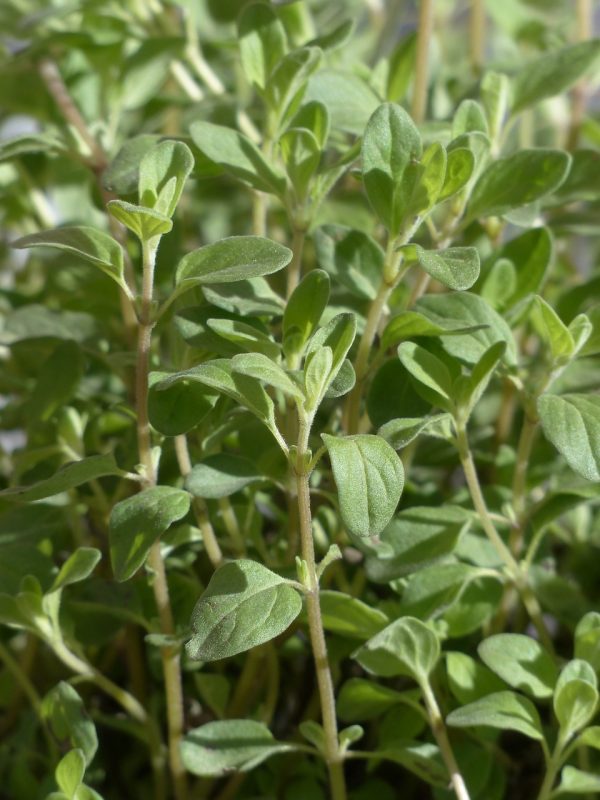
Marjoram, related to oregano, can be established in August within USDA Zones 7 to 9. It flourishes in well-drained, slightly alkaline soil and full sun. Marjoram has a distinctive flavor and can be harvested throughout the fall. This herb can also thrive indoors, allowing for a longer culinary season irrespective of outdoor conditions.
Fennel
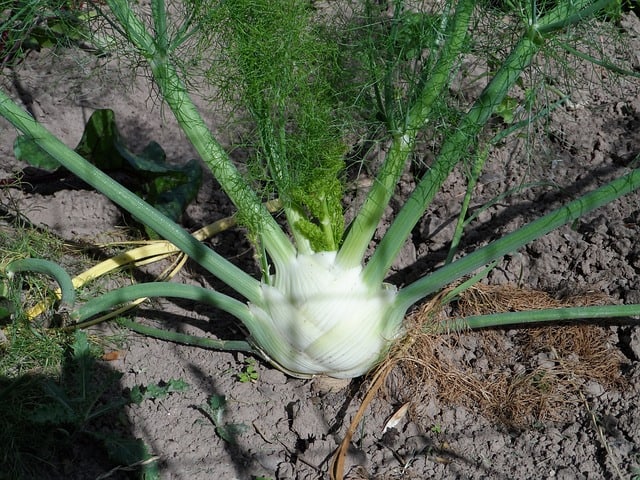
Fennel can be sown in August for a late autumn crop. The plant is suited to USDA Zones 7 to 9 and prefers well-drained soil with full sun exposure. Fennel grows rapidly; you can expect a harvest in as little as 12 weeks. This herb is well-known for its feathery fronds and is excellent for attracting beneficial insects as well as enhancing dishes with its unique anise flavor.
Mint
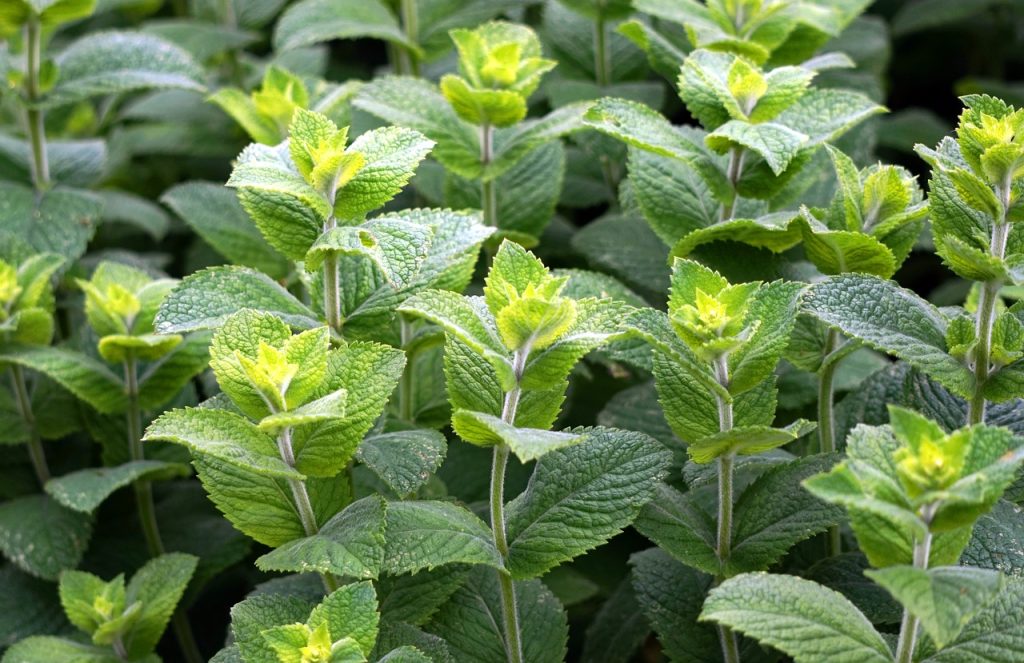
Mint is a perennial that can be planted in August in USDA Zones 6 to 9. It’s essential to plant mint in containers or buried pots, as it tends to spread aggressively. Mint prefers rich, well-draining soil and partial shade, as excessive heat can cause stress. Planting it now can allow for robust growth, leading to flavorful leaves for use in drinks and cooking as the season transitions.
Landscape Plants To Plant
Enhancing your landscape or garden takes careful consideration, especially during August when planting becomes pivotal. The following landscape plants can be established now for a more vibrant and lush outdoor area.
Ornamental Grasses
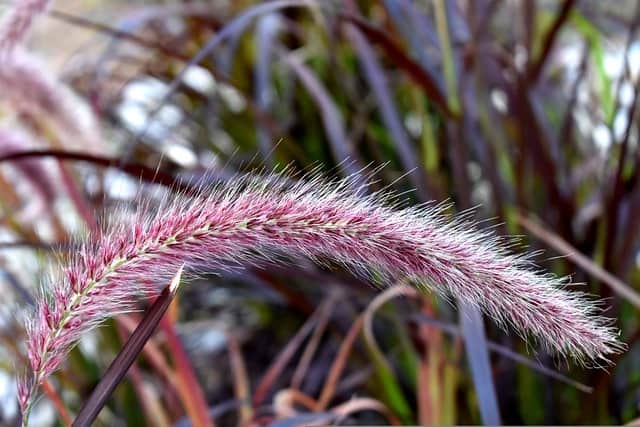
August presents a great time to plant ornamental grasses that will thrive in USDA Zones 7 to 9. Grasses like Miscanthus and Pennisetum provide texture and movement in the landscape. They appreciate well-drained soil and full sun, adding visual interest throughout the year. These resilient plants require minimal maintenance once established and are excellent for adding height and layers to your garden.
Hellebores
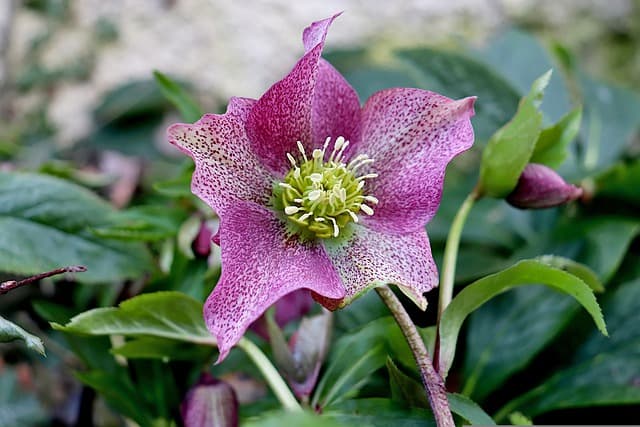
Hellebores, also known as Lenten roses, can be planted in August in mild areas of the UK (USDA Zones 6 to 9). They thrive in partially shaded areas and prefer well-drained, humus-rich soil. These perennials bloom early in the year, bringing life to a winter garden with their charming nodding flowers. Plant them alongside fall-blooming companions for a well-rounded seasonal display.
Shrubs for Biodiversity
Consider incorporating native shrubs that encourage biodiversity to improve your landscape. Shrubs such as hawthorn or dogwood can be planted in USDA Zones 6 to 8 in August. These hardy shrubs provide shelter and breeding grounds for various species and attract a host of pollinators. Ensure that their planting location receives adequate sunlight and is prepared with nutrient-rich soil.
Rhododendrons

Rhododendrons are evergreen shrubs known for their large, stunning blooms. They are appropriate for USDA Zones 6 to 9 and flourish in well-drained, acidic soil. Planting them in August allows for root establishment before winter, leading to robust flowering in the spring. Consider a spot with partial shade for maturity, and always mulch to retain moisture.
Fuchsia
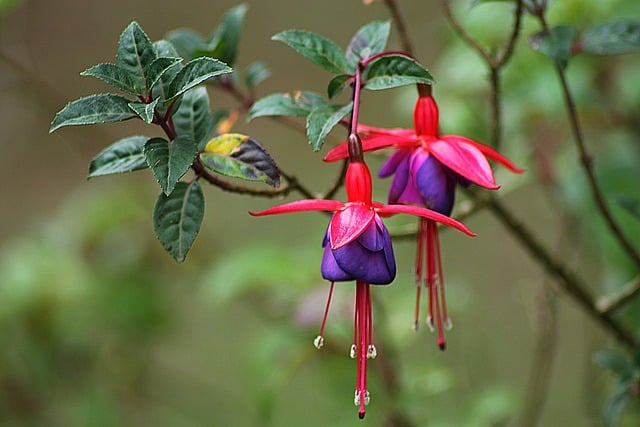
Fuchsia, celebrated for its striking, pendulous flowers, can be planted in August to enhance display gardens in the late summer. Thriving in USDA Zones 7 to 9, fuchsia prefers well-draining, nutrient-rich soils and partial shade. Its vibrant colors attract hummingbirds and butterflies, further enhancing the garden’s visual appeal and promoting biodiversity.
Dogwoods
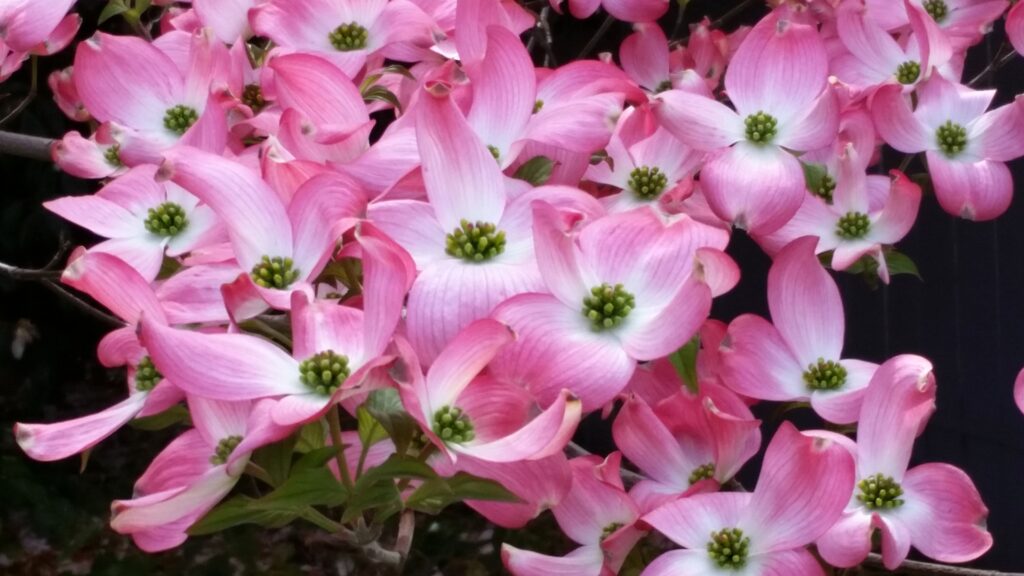
Flowering dogwoods can be a beautiful addition to your landscape when planted in August. Suitable for USDA Zones 6 to 9, dogwoods prefer well-drained soil enriched with organic matter. They thrive in both full sun and partial shade, coming alive with stunning blooms in the spring. This small tree or large shrub also provides fall color and attractive berries for wildlife.
Crape Myrtles
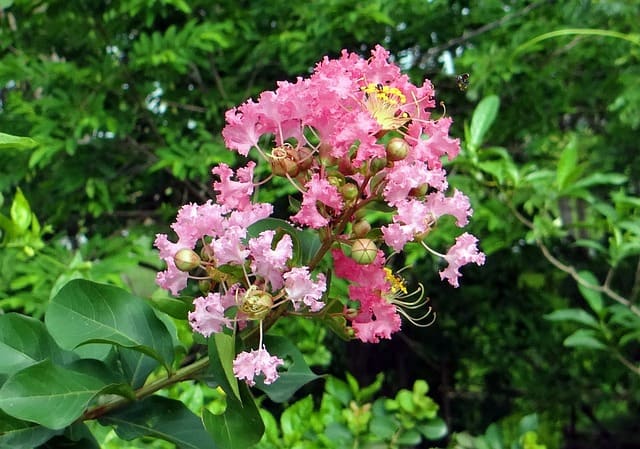
Crape myrtles are outstanding flowering shrubs that can also provide coverage in urban landscapes. They thrive in USDA Zones 6 to 9 and prefer well-drained soil. August is an ideal time for planting, as these perennials establish themselves and produce vibrant blooms in the summer months. With a variety of heights and colors, crape myrtles are excellent for creating visual focal points.
Lavender
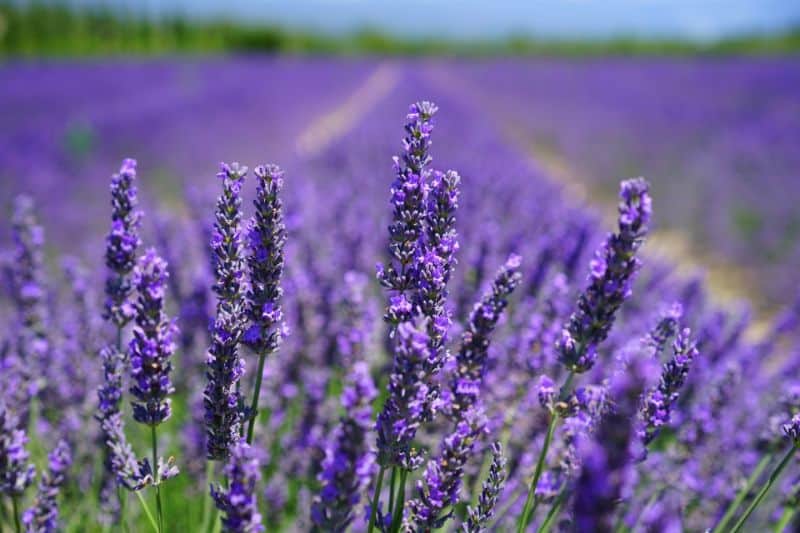
Lavender adds aromatic beauty and acts as a pollinator attractor in the landscape. Planting lavender in August in warmer areas of the UK (USDA Zones 7 to 9) allows its roots to establish before winter. It thrives in well-draining soil and full sun and does not require excessive water, making it a low-maintenance landscape plant that provides year-round color.
Perennial Borders
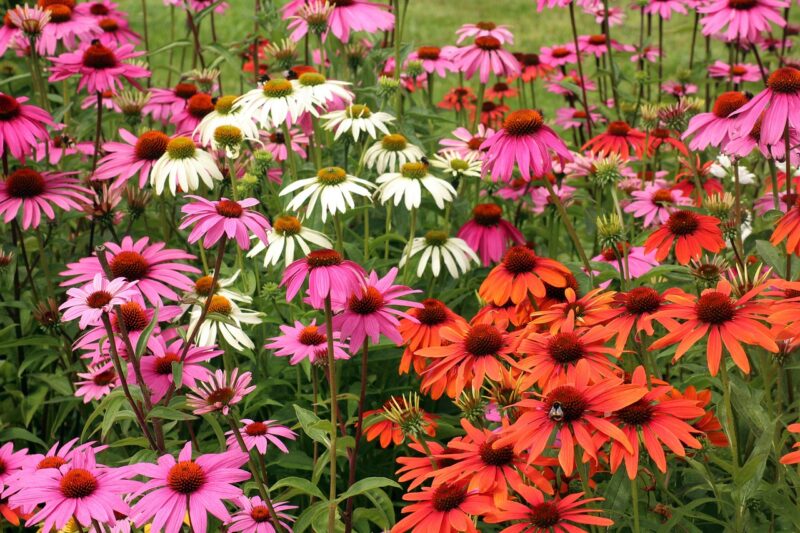
Consider planning your perennial borders by integrating late summer perennials that can be planted in August. Suitable for USDA Zones 6 to 8, perennial plants such as echinacea and rudbeckia can provide vibrant color and attract beneficial insects. Choose a well-drained area with full sunlight for these plants to thrive and integrate a variety of heights for a dynamic composition.
Ornamental Berries
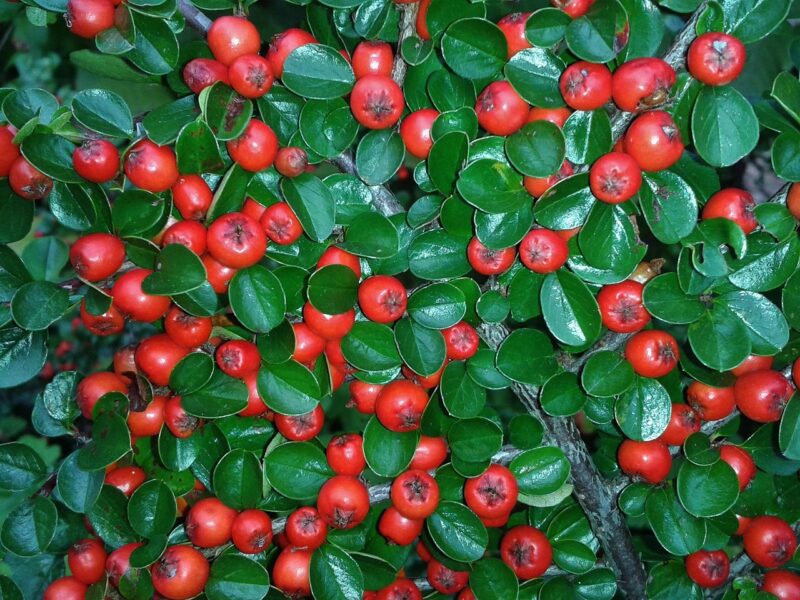
Planting ornamental berry-producing shrubs in August can enhance your landscape’s visual interest and wildlife support. Plants such as pyracantha and cotoneaster thrive in USDA Zones 7 to 9, with colourful berries adding appeal in autumn. Plant in well-drained soil with adequate sunlight to ensure healthy growth and berry production; these shrubs offer seasonal highlights and attract birds.



